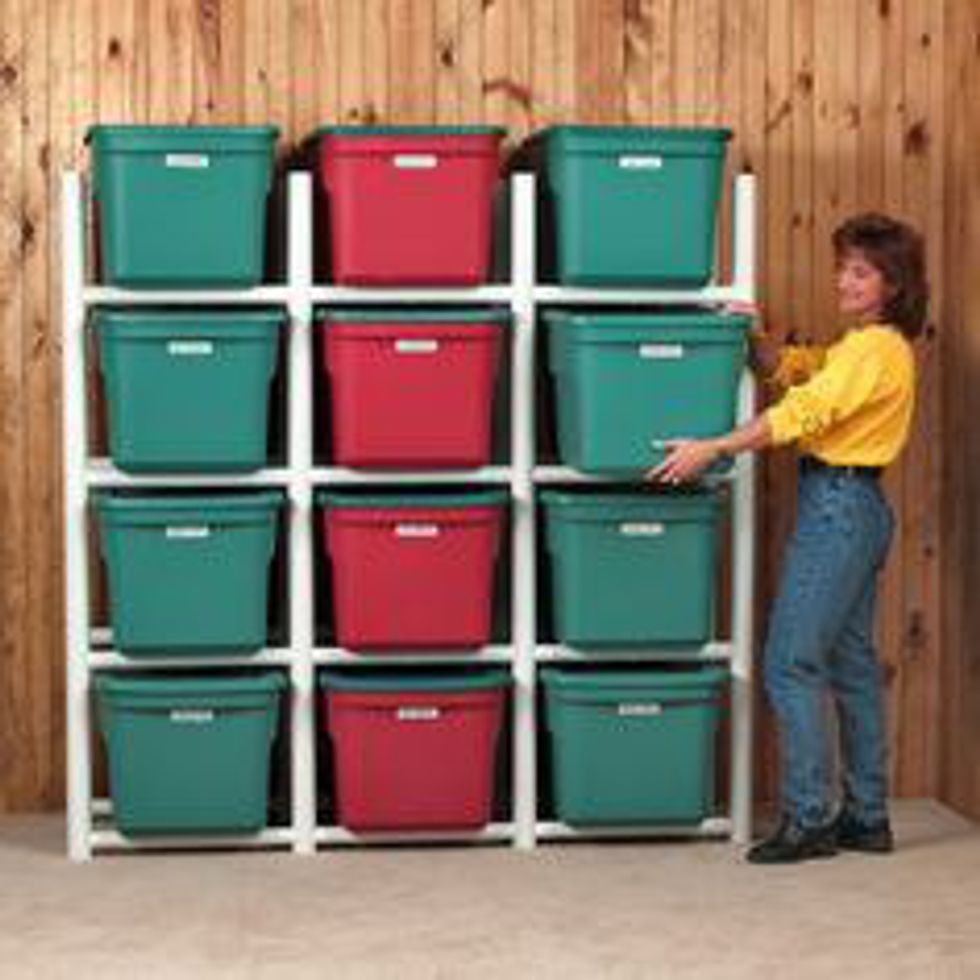STEM is an acronym for a group of disciplines that are labeled as Science, Technology, Engineering, and Math. There are primarily six content areas within STEM: biological sciences, computer information science and engineering, engineering, geosciences, math and physical sciences, and social, behavioral, and economic sciences. STEM fields are mainly regarded as the drivers for future innovation in the world, and people who are active in these fields are held to a high standard. Diversity in these fields is celebrated, but there is still a group who is continuously underrepresented: women.
This is not to say that there are not strong women in multiple STEM fields who are prospering and will continue to prosper, but there is something to be said for the women in STEM fields who have burned out, feel burnt out, feel unappreciated, and do not have the ability to freely use their voice in there every day work environment. Few women choose STEM careers, and those who do end up driven out within fifteen years. In addition to this, girls have a significant less interest in STEM fields than boys do, and the introduction to STEM fields starts early, in elementary school into middle school. From the very beginning, the stereotypes are unconsciously enforced that boys play with blocks and girls play with dolls. This may not seem that significant; how can toys affect somebody that much?
Child development research has shown that playing with blocks aids in the creation of the foundation for math and science. Math skills develop out of the ability to manipulate objects in a space. When children stack and rotate blocks, they are developing skills for geometry, algebra, counting, and measurement. Cognitive and language skills are developed, because children learn to reason with themselves on how to construct objects with the blocks, they learn how to determine cause and effect, and to form predictions. All of this is learned from playing with a simple toy that is frequently rejected by girls.
Aside from the childhood development that leads to an affinity for STEM areas, there is also an issue with women being driven out of, or away from, their jobs in STEM fields. Even before this happens, women are being drawn away from even pursuing a career in STEM. This can start when women begin to integrate into their STEM career, or as early as middle school. This isn't anybody's fault, it is just a fact that stereotypes are enforced from the very beginning, and even if not everybody enforces these stereotypes, the effects still remain. Today, more females are choosing STEM majors as the enter into their undergraduate studies, the same females are also more likely to change to a non-STEM major than their male classmates.
Women in STEM face the reality of not being taken seriously, and not being able to voice their opinions or ideas while at work. Melanie Polkosky, author of Uncovering Truffles: the scarcity and value of women in STEM, holds a PhD in Cognitive and Neural Sciences. In her book, she highlights the importance of women in STEM fields, and details reasons for why women are more underrepresented than men in areas like engineering and other sciences. She used to work for IBM, and was one of the only women in her department. In her book, she writes of the struggles that she faced working in an environment dominated by men. Ultimately, she became disenchanted with her job and ended up leaving, a situation that all too many women find themselves in. Despite the fact that advances have been made with leading more women into STEM careers, the belief still exists that only men are capable of prospering in these careers.
"Girls aren't as good at math as boys are."
"Are you sure you want to go to medical school? I've always pictured you as just a nurse!"
"How are you going to be work full-time and have kids?"
"You'll probably get pregnant and not finish school anyways."
"What if you have to change your tampon in the middle of surgery?"
These are only some of the things that have been said to myself and other women pursuing, and already established in, careers in STEM. These are ideas that have to be discarded, as they have the power to discourage women from pursuing these careers because despite their successes, they still begin to feel disenchanted and like they do not have a place in their field. Women bring a unique perspective to the scientific community, and many women are currently serving as leaders in the scientific community. From a young age, girls have to be taught that they can do and be anything that they want. This may be a cliche statement, but that does not make it any less true. We have to learn how to build confidence in girls when it comes to mathematics and science classes, because these are the classes where girls frequently believe that they are not smart enough to succeed in.
Ultimately, there is value in both women and men in STEM fields, but women remain underrepresented. Building confidence and leading more women to STEM has to start at a younger age, and girls have to know that being interested in science does not mean that they have to give up being 'girly'. At the same time, the idea that being interested in science means that you don't have to wear makeup or stay up to date with all of the latest trends is a relief to some girls. Either choice is okay, as long as they are doing what they enjoy.
This quote by Margaret Mead, a Cultural Anthropologist, emphasizes how both men and women both play a role in shaping the future of our world:
"In the long run it is the complex interplay of different capacities, feminine and masculine, that protects the humanity of human beings."













 Photo by
Photo by  Photo by
Photo by  Photo by
Photo by 










